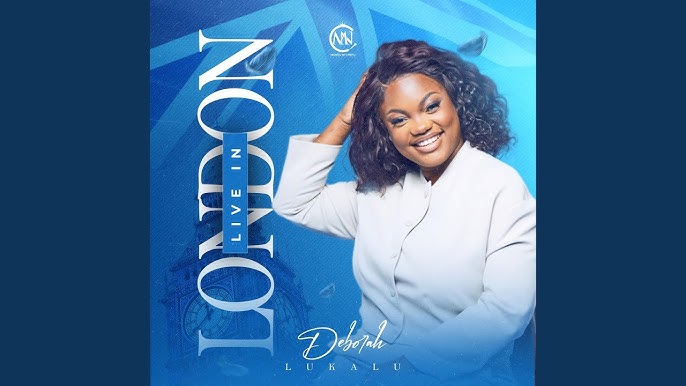Late-night comedy has undergone a transformative journey over the years, transitioning from traditional television formats to the expansive landscape of online platforms. In particular, YouTube has played a pivotal role in reshaping how audiences consume and engage with late-night content. This digital renaissance has not only democratized comedy but has also given rise to a new generation of comedic voices, challenging the conventional norms of late-night television.
The Emergence of Late-Night on YouTube:
YouTube, launched in 2005, quickly became a hub for user-generated content across various genres. It didn’t take long for comedians to recognize the platform’s potential to reach a global audience without the constraints of network television. Early adopters like Lonely Island and Smosh experimented with sketch comedy and garnered millions of views, setting the stage for a new era in late-night comedy.
One of the first breakthroughs in this digital evolution was the emergence of web series such as “Good Neighbor Stuff” and “The Key of Awesome.” These shows brought a fresh and irreverent approach to comedy, resonating with a younger demographic that was increasingly turning away from traditional late-night shows.
The Rise of DIY Late-Night:
The do-it-yourself (DIY) ethos became a hallmark of YouTube’s late-night comedy scene. Comedians, without the need for elaborate sets or expensive production teams, began creating content from the comfort of their homes. This shift marked a departure from the polished, highly produced feel of traditional late-night shows and fostered a more authentic connection between creators and their audience.
YouTube became a breeding ground for comedic talent, allowing individuals to showcase their skills and gain recognition without the need for approval from network executives. Creators like Bo Burnham, Grace Helbig, and Hannah Hart became YouTube sensations, attracting millions of subscribers with their unique comedic styles.
The Evolution of Format:
Traditional late-night shows usually followed a structured format with monologues, interviews, and musical performances. YouTube, on the other hand, provided creators with the flexibility to experiment with formats and duration. Short-form sketches, vlogs, and even animated comedy found a home on the platform, catering to diverse audience preferences.
Creators like Jenna Marbles, with her humorous and relatable vlogs, and Philip DeFranco, with his news commentary and satirical take on current events, demonstrated that late-night comedy on YouTube was not confined to a single format. The platform’s algorithm favored creativity, allowing a wide range of comedic voices to flourish.
Interactive Engagement:
YouTube’s comment section became a virtual town hall for late-night comedy enthusiasts. Viewers could instantly share their thoughts, jokes, and opinions, creating a sense of community around their favorite creators. This two-way interaction was a departure from the passive viewing experience of traditional television, fostering a more intimate relationship between creators and their audience.
Live streaming further enhanced this engagement. Creators began hosting live shows, Q&A sessions, and interactive games, breaking down the barriers between the performer and the audience. This real-time connection added a layer of authenticity to late-night comedy on YouTube, making it a truly interactive and communal experience.
Challenges and Criticisms:
While the digital renaissance of late-night comedy on YouTube brought numerous benefits, it also faced its share of challenges. The platform’s algorithmic changes, demonetization concerns, and evolving content policies created uncertainties for creators. Some comedians found it challenging to navigate these shifting landscapes while staying true to their comedic vision.
Moreover, the rise of controversy and cancel culture on social media impacted late-night creators. Jokes that might have been acceptable in a traditional late-night setting faced harsh criticism and backlash in the digital realm. Comedians had to tread carefully, balancing humor with sensitivity to avoid online controversies that could jeopardize their careers.
The Mainstreaming of YouTube Late-Night:
As YouTube late-night comedy continued to gain popularity, traditional media outlets took notice. Established comedians, seeking to tap into the platform’s massive audience, began creating their channels or collaborating with existing YouTube stars. The crossover between traditional and digital late-night further blurred the lines, with creators like Conan O’Brien and Jimmy Fallon successfully integrating YouTube into their content strategies.
Simultaneously, YouTube late-night creators expanded their reach beyond the platform. Podcasts, touring live shows, and collaborations with mainstream media outlets became common, showcasing the increasing influence of YouTube in shaping the entertainment landscape.
The Future of YouTube Late-Night:
The future of late-night comedy on YouTube looks promising, with creators continuing to innovate and adapt to the evolving digital landscape. The platform’s algorithms, while presenting challenges, also offer opportunities for creators to reach new audiences and explore niche comedic styles.
As technology advances, virtual and augmented reality may become integral components of late-night comedy experiences. Virtual live shows, interactive VR sketches, and immersive storytelling could redefine how audiences engage with their favorite comedians, transcending the limitations of traditional formats.
Conclusion:
YouTube’s role in the digital renaissance of late-night comedy has reshaped the entertainment industry, democratizing access to audiences and allowing diverse comedic voices to thrive. The platform’s influence extends beyond its digital borders, with traditional late-night shows integrating YouTube into their strategies.
The evolution of late-night comedy on YouTube reflects a broader shift in media consumption habits and the growing importance of digital platforms in shaping popular culture. As creators continue to push boundaries and embrace new technologies, the future promises a dynamic and ever-expanding landscape for late-night comedy on YouTube.

